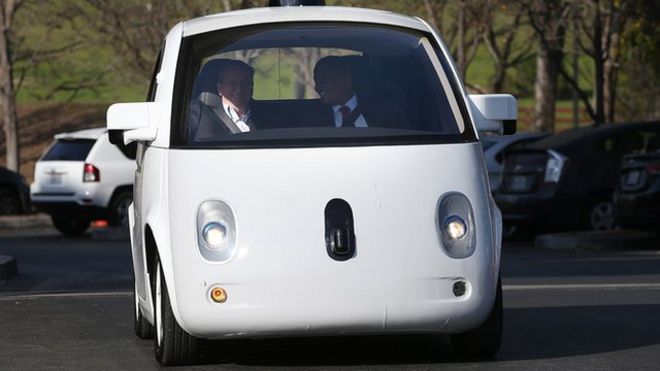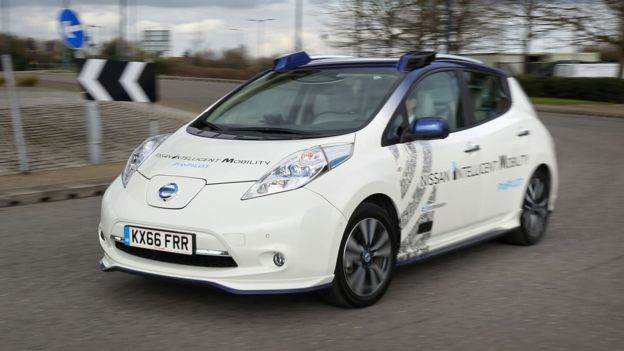deltex1
Gold Member
What a concept...what a stupid chance to take!
Driverless vehicles Even in D.C. streets An autonomous car takes a capital test run. - The Washington Post
Driverless vehicles Even in D.C. streets An autonomous car takes a capital test run. - The Washington Post






